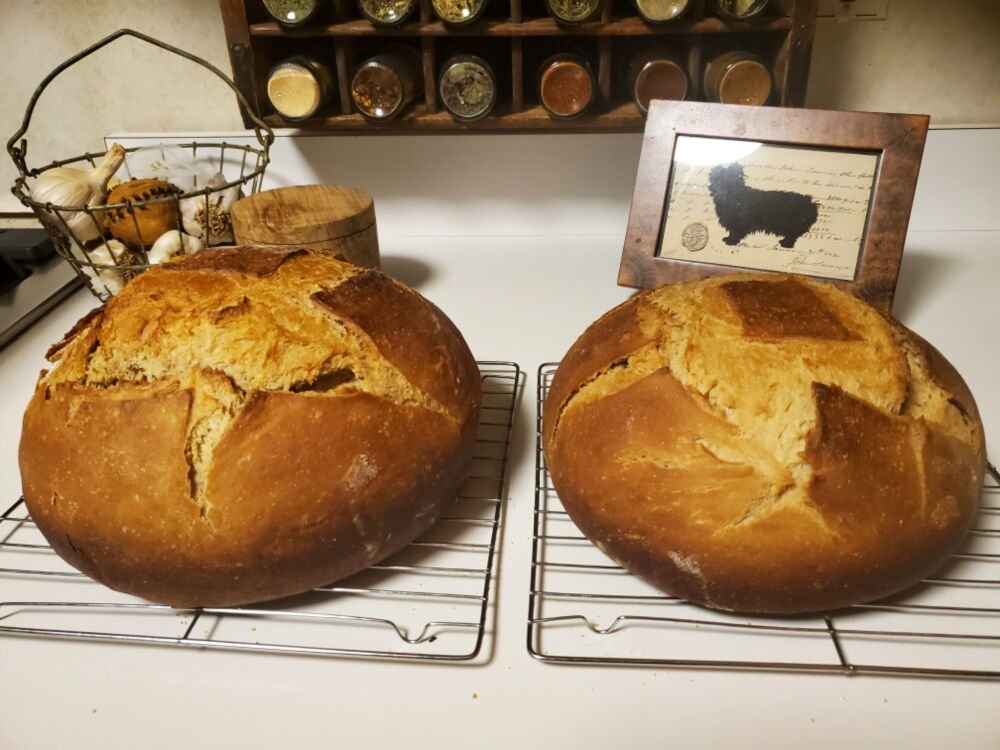Political and social transformation characterised the French Revolution. French food shortages contributed to this historical occurrence. This article describes how these shortages shaped revolution.
Timeline of Food Shortages
Discontent about food shortages began before the revolution:
- 1760s: France faced decreasing crop yields, primarily affecting grain, a staple in the diet of the lower classes.
- 1788: Crop yields plummeted, exacerbating the economic strife and leading to widespread famine.
- 1789: Bread riots erupted as scarcity reached a critical point, directly contributing to the revolutionary fervor.
Consequences of Food Shortages
These shortages had major effects:
- The bread-dependent lower classes suffered starvation due to rising grain costs.
- Revolutionary movements grew out of rage and frustration from the recession.
Significant Events
Several major occurrences highlighted food shortages’ involvement in the revolution:
- 1789 Bread Riots: The desperate struggle to purchase bread became a catalyst for revolution, driving the masses to take action against the ruling class.
Climate-related food shortages
Climate influenced food scarcity:
- Little Ice Age: This period of cooling resulted in adverse conditions for crop production, contributing to lower yields.
- 1788 Weather Extremes: A cold winter followed by a hot summer led to catastrophic harvest results.
- Laki Volcano Eruption (1783-1784): Volcanic ash blocked sunlight, impacting temperatures and crop growth.
- Severe El Niño (1788-1794): Unusual weather patterns further disrupted agricultural productivity.
Understanding El Niño
Weather factors caused by El Niño contributed to agricultural issues.
- As part of the El Niño-Southern Oscillation cycle, it generates natural Pacific Ocean temperature fluctuations.
- Warmer ocean temperatures during El Niño phases can cause weather fluctuations, affecting worldwide agriculture harvests.
Role of Bread in the French Revolution
Bread symbolised the people’s struggle as well as sustenance:
- Storming of the Bastille: On July 14, 1789, Parisians sought both arms and grain, underscoring the critical role of bread in sparking revolutionary action.
- Bread shortages fuelled royalty dissatisfaction and revolution.
Historical Context
Cultural references captured bread’s significance:
- Bread is essential to daily life, as Voltaire said Parisians needed “the comic opera and white bread”.
- The fabled Marie Antoinette remark, “Let them eat cake,” shows how the monarchy ignores the masses.
Grain Harvest Issues
Historical turmoil preceded grain disputes:
- 1529 Lyon Riots: Poor grain harvests led to the Grande Rebeyne, where rioters looted grain stores and homes of the affluent.
- 1775 Flour War: Food shortages sparked over 300 riots, influencing events in major cities like Versailles and Paris.
Economic Factors
Addressing the grain issue often failed:
- 1760s Deregulation: Physiocrat-led attempts to deregulate grain trade failed, worsening shortages.
- Bread was a major family expense, so price spikes were painful.
Population Growth
Demographic changes stressed resources more:
- France’s population rose by 5-6 million between 1720 and 1789, increasing grain need.
- Most people were affected by rising bread prices.
Political Climate
The revolt was fuelled by political mistakes.
- Arthur Young highlighted the bread shortage and riots, emphasising the problem.
- King Louis XVI was called “le premier boulanger du royaume,” indicating his food security responsibilities.
Government Measures
Crisis mitigation often failed:
- According to Finance Minister Jacques Necker, the king ate maslin bread to show solidarity with the poor, but this was insufficient.
- Bread shortages were used to incite revolution.
Post-Revolution Market Changes
Grain trading laws changed significantly during the revolution:
- August 29, 1789: The Constituent Assembly deregulated domestic grain markets, raising fears of speculation.
- October 21, 1789: The execution of Denis François, falsely accused of hoarding bread, reflected ongoing anxieties.
Economic Advisory
Early warnings stressed bread politics’ delicate nature:
- Economic advisor Turgot famously advised against manipulating bread prices, highlighting the complexities of food supply.
Population Growth
The 18th century saw major demographic changes:
- France’s population rose by 8-10 million at century’s end, relying more on subsistence farming.
- Paris was overcrowded and food consumption rose.
Demographics
People lived mostly in rural areas:
- 80% of the population lived in villages, with major urban centers holding substantial populations.
- Nearly 600,000 people lived in Paris in 1789.
Economic Context
Transitions in the economy complicated food supply:
- As capitalism expanded, money became more important in daily life.
- Lean years were difficult for many subsistence farmers.
Food Shortages as a Cause of Discontent
Bread shortages caused unrest:
- Protests against bread price hikes targeted suppliers, not politicians.
- Managing grain and bread markets was crucial to government credibility.
Social Stratification
The societal hierarchy added tension:
- France had clergy, nobles, and commoners, with nobility controlling privileges.
- A growing demand for equality prompted voting reform calls.
Rural Unrest
Revolutionary fervour reached rural areas:
- Revolutionary circumstances prompted peasants to attack manors in July 1789.
- Armed organisations arose during the “great fear,” raising tensions.
National Assembly’s Response
Unrest was addressed by legislative changes:
- Though societal struggles remained, the National Assembly abolished feudalism on August 4, 1789.
- Peasant-appeasing measures generally failed.
Civil Constitution of the Clergy (1790)
Revolutionary policies to gain support:
- Instead of gaining ecclesiastical loyalty, it alienated peasants with perceived impositions.
- March 9, 1792, decreed grain confiscation to reduce stockpiling, which heightened tensions.
Political Exclusion of Workers
Social divides were further enforced:
- Active individuals may vote, while “passive” citizens were disqualified based on income and profession.
- The 1791 Le Chapelier Law outlawed worker associations, marginalising the working class.
Legacy of Food Shortages
Food shortages left a lasting impact:
- Economic hardship and scarcity caused societal unrest and reform demands.
- Conflict between affluent and poor defined revolutionary philosophies.
FAQ
How did hunger affect the French Revolution?
Famine, increased prices, and unrest fuelled monarchy-enemy revolutions.
How did bread affect the French Revolution?
Bread was essential to life; its scarcity caused riots and symbolised the people’s fight for equality.
Did climate affect food shortages?
Yes, the Little Ice Age and volcanic eruptions caused low crops and shortages.
What was the government’s bread crisis response?
Deregulation and other government measures failed to reduce shortages and dissatisfaction.
Deregulating grain markets had what effects?
Fears about speculating and hoarding led to Denis François’ execution after deregulation.
Has population expansion affected food shortages?
Grain prices rose and scarcity increased due to increasing population growth.
How did social class affect revolution?
Tension between church, nobility, and commoners fuelled social reforms and voting equality.
How did rural unrest affect the revolution?
Peasants attacked manors and formed armed groups during the revolution, escalating tensions.
Bread shortages affected revolutionary ideologies?
Scarcity exposed the economic inequality, inspiring revolutionary social justice and equality demands.




